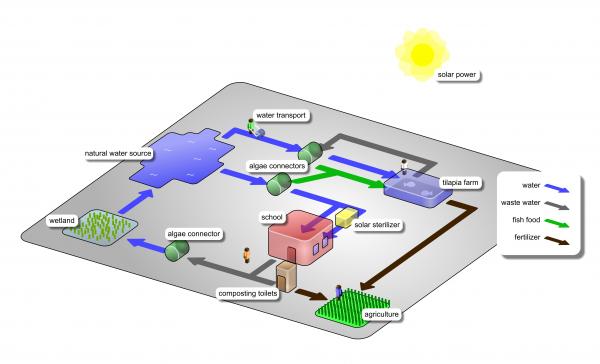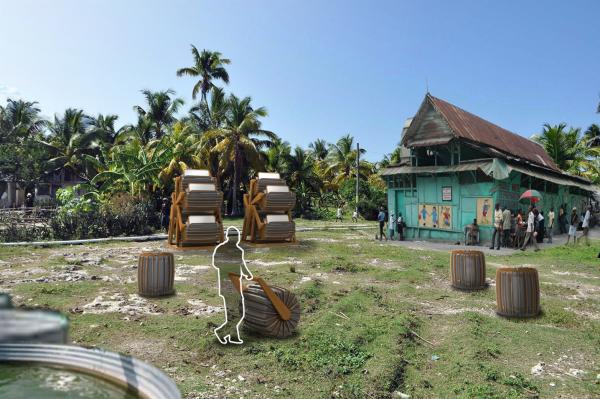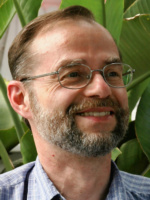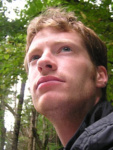Algae Connects: 2011 International Algae Competition Entry
The international and interdisciplinary BID Community team collaborated on developing an entry for the 2011 International Algae Competition in the Algae Landscape Design category. The team decided to take a problem-driven approach, developing a bio-inspired systems solution involving algae that would address important problems associated with a particular place: Haiti both before and after the devastating earthquake of 2011.
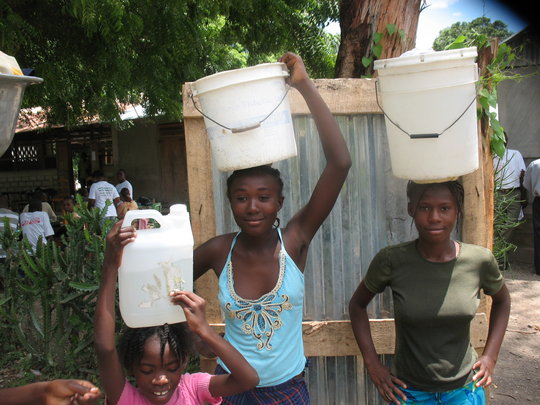 Haiti faces chronic challenges that were exacerbated by the earthquake. Daily water collection can take up to five hours and is a particular burden on women and children. Almost half of the population does not have access to clean water, relying on streams and rivers that are often polluted. Haiti is heavily dependent on aid and food imports due to a decline in agriculture, environmental deterioration due to heavy deforestation and recurring natural disasters. The earthquake left half of the children without adequate educational facilities. Healthcare is limited, exacerbating all the other challenges. Yet Haitians demonstrate resilience at the local level, rebuilding local communities with whatever materials are at hand.
Haiti faces chronic challenges that were exacerbated by the earthquake. Daily water collection can take up to five hours and is a particular burden on women and children. Almost half of the population does not have access to clean water, relying on streams and rivers that are often polluted. Haiti is heavily dependent on aid and food imports due to a decline in agriculture, environmental deterioration due to heavy deforestation and recurring natural disasters. The earthquake left half of the children without adequate educational facilities. Healthcare is limited, exacerbating all the other challenges. Yet Haitians demonstrate resilience at the local level, rebuilding local communities with whatever materials are at hand.
Rather than trying to solve individual problems, the team created a vision of a more desirable future state, including greater cross-border collaboration (Haiti is a key part of the Caribbean Biological Corridor which connects the Dominican Republic and Cuba), increased innovation and entrepreneurship, more local ownership and control, improved education and healthcare, and environmental restoration.
The team developed a roadmap of linked interventions that would facilitate a transition from the current to the future state. An analysis of the roadmap suggested that the highest impact interventions involved clean water and local food production. Communal water treatment systems solve pressing issues and have cascading positive impacts on food production, healthcare, education, local job opportunities and environmental regeneration.
The team developed Algae Connects, a community-based system associated with a school or community center. The goal is to encourage local involvement, increasing understanding of the system and its benefits, providing opportunities for adapting the system to local needs and increasing local resilience. Algae Connects can also support educational programs relating to health, environment and local industry.
Algae Connects provides access to clean water for human consumption and tilapia farming while protecting natural water sources from becoming polluted. Tilapia farms often lack adequate clean water supplies and rely on rainfall. Algae Connects can purify and recycle waste water from the fish ponds, reducing the amount of fresh water required while preventing waste water from entering the environment. Algae Connects is complementary with systems such as the EcoSan composting toilets, treating runoff and other waste water from human activity.
The core of the system is the Algae Connector, inspired by the algaewheel® (a registered trademark of Algaewheel Technologies, LLC). The Algae Connector uses aerobic bacteria to break down organic material and algae to remove nitrogen and phosphorus. The bacteria and algae work synergistically: bacteria produces carbon dioxide essential for algae growth and algae produces oxygen required by the aerobic bacteria. The system produces algae that can be used to supplement or replace expensive fish food in the tilapia farms.
The Algae Connector is designed for on-site assembly to reduce shipping costs. The connectors are multi-functional: they can be used to transport water, clean the water and grow algae for a wide range of applications. The connectors can be combined into multiple level super-systems to increase capacity, improve water quality and enhance flexibility.
 The team looked to the Life’s Principles and natural systems for inspiration, particularly how ecosystems change over time and react to catastrophic change. Integrating the Algae Connector into the community and increasing the number of links between resources can help the community be more resilient. Like 'weedy' species that colonize disturbed natural areas, Algae Connects requires little infrastructure to get started and uses local resources. Similar to a pioneer species, it can help shape how the community develops once the immediate post-disaster needs are met. A modular approach and embedding the system into the community allows Algae Connects to adapt and evolve to meet local needs and changing conditions. As Algae Connects systems spread, they provide opportunities to build a network of communities in which experiences and improvements can be shared.
The team looked to the Life’s Principles and natural systems for inspiration, particularly how ecosystems change over time and react to catastrophic change. Integrating the Algae Connector into the community and increasing the number of links between resources can help the community be more resilient. Like 'weedy' species that colonize disturbed natural areas, Algae Connects requires little infrastructure to get started and uses local resources. Similar to a pioneer species, it can help shape how the community develops once the immediate post-disaster needs are met. A modular approach and embedding the system into the community allows Algae Connects to adapt and evolve to meet local needs and changing conditions. As Algae Connects systems spread, they provide opportunities to build a network of communities in which experiences and improvements can be shared.
Jurors are evaluating the 2011 International Algae Competition entries with finalists to be announced February 12 and grand winners chosen by March 12th. See Algae Landscape and Architecture Design for previews of other entries. The team's work has attracted some outside interest: Ernst-Jan Mul mentioned it at the Dutch Design Week in Eindhoven while Kamelia Mitevia is currently in discussion with TEDxBG (Sophia) organizers about presenting the project in January, 2012.
Users who have registered an account on the BioInspired! website can download the attached project design brief, a Prezi Quick Start Guide, a Portable Prezi version of our entry and the Prezi in PDF format.
Image Credits:
- Innovation/creative: © Kheng Guan Toh - Fotolia.com
- Girls carrying water: Global Giving
- Algae Connects system: Mike Westdijk
- Algae Connectors: Ernst-Jan Mul, Damian Rogers, Mike Westdijk; school: Nana Bjørnlund
- schematic of Algae Connects: Kamelia Miteva, Mike Westdijk
Norbert Hoeller edits the BioInspired! newsletter and founded the BID Community
in conjunction with the Center for Biologically Inspired Design (CBID).

Kamelia Miteva is a creativity consultant working with alternative education organizations.
She trained as a biologist, is passionate about biomimicry and teaches biology to children
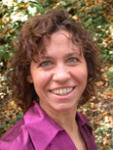
Janet Kubler teaches biology at California State University Northridge with a particular interest in biology from a functional perspective. She took the Biologist at the Design Table (BaDT) course in 2004.
Ernst-Jan Mul graduated in 2009 with an MSc in Integrated Product Design from the Delft University of Technology. Combining his interest in research, sustainability, biology and technology, he translated the sustainability paradigm of biomimicry into a structured design strategy. He works as a freelance bio-inspired designer since January 2010.

Damian Rogers is a PhD student at Ryerson University in Mechanical & Aerospace Engineering,
with an interest in applying principles from evolution and DNA to design
Fil Salustri is an Associate Professor of Mechanical Engineering at Ryerson University. He does research in formal and informal methods of designing, information visualization, and web-based design tools.

Karen Verbeek has a biology and industrial design background and attended the Costa Rica Biomimicry Workshop. She is currently focusing on education in the Greater Toronto Area and building a biomimicry network.

Mike Westdijk is an industrial designer from the Netherlands who is interested in using biomimicry to design products that are better integrated into the systems (economic, social and environmental) in which the products are imbedded.


